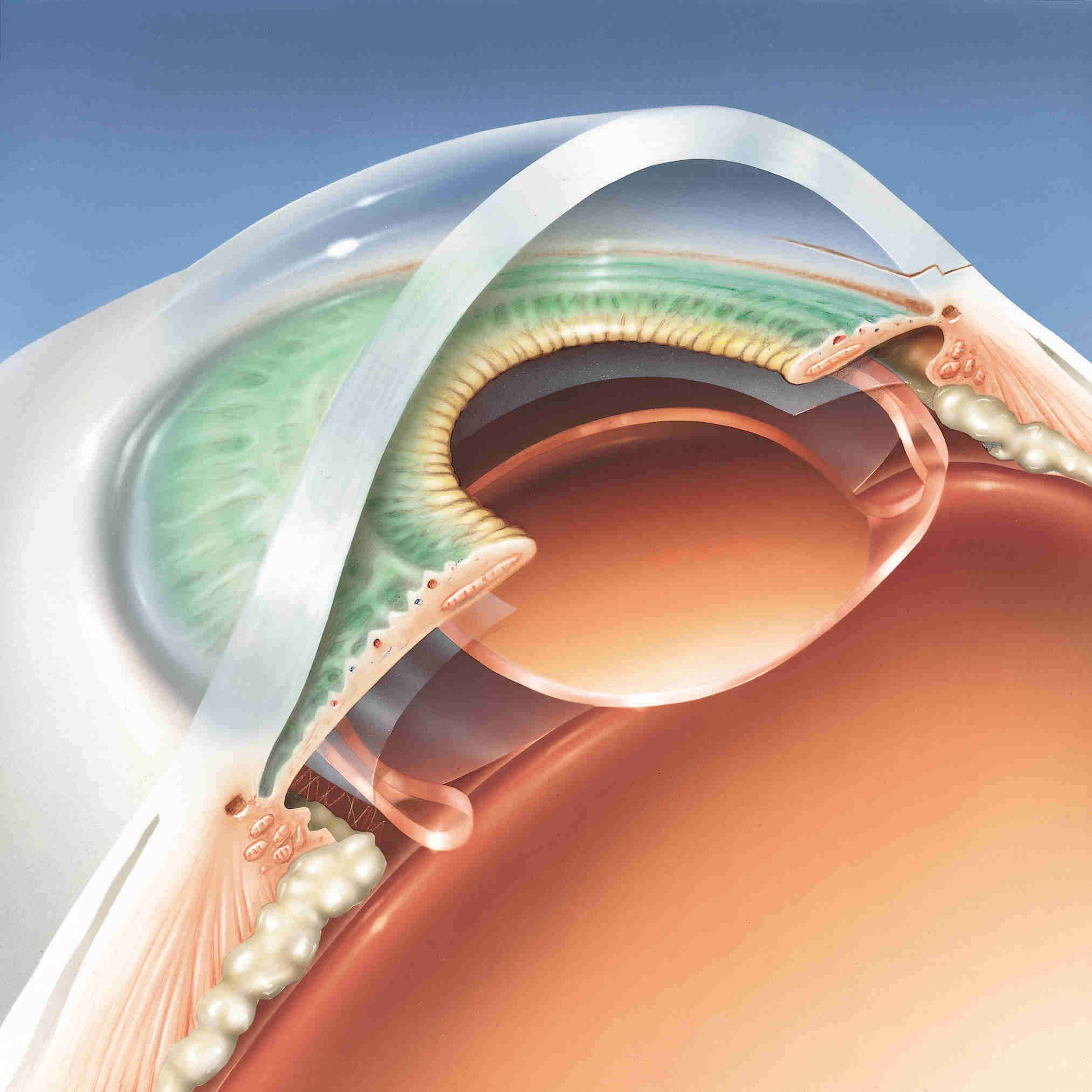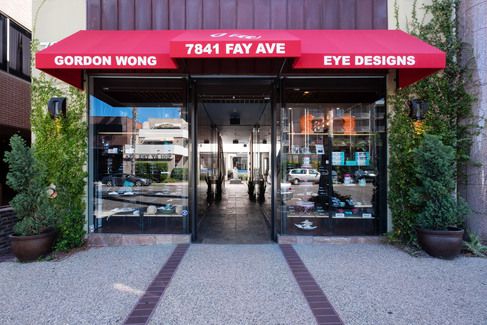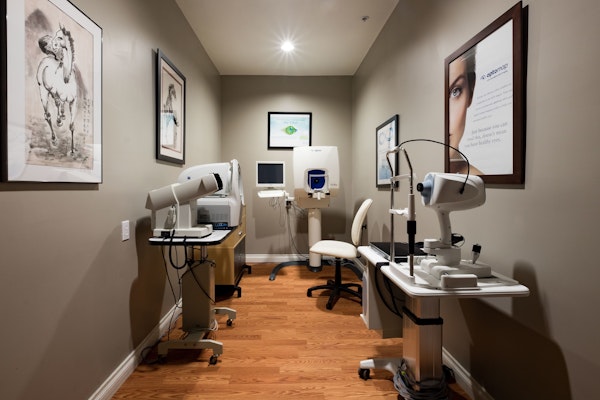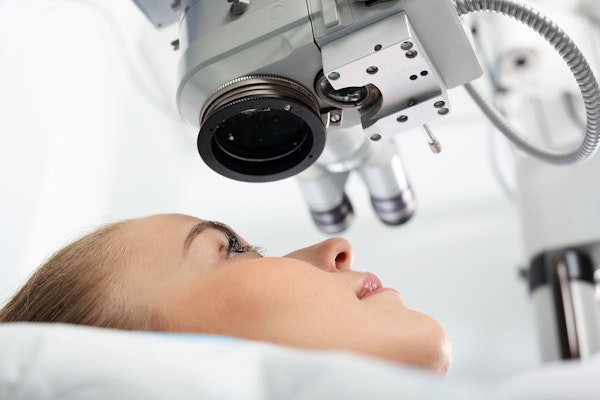Anatomy of the Eye
 The human eye is an intricate, sophisticated organ. Having a basic understanding of its structures can help you care for your vision and enjoy healthy eyesight for many years to come.
The human eye is an intricate, sophisticated organ. Having a basic understanding of its structures can help you care for your vision and enjoy healthy eyesight for many years to come.
At Gordon Wong Eye Designs and Optometry, we offer comprehensive vision care for the entire family. Here, our La Jolla, CA team explores the anatomy of the eye and explains how all of its elements work together to help you see clearly.
Eye Anatomy Basics
The eye is spherical and slightly asymmetrical, measuring about one inch in diameter. The parts of the eye that are typically visible include the:
- Iris: The colored part of your eye, the iris adjusts the size of the pupil to control the amount of light that enters.
- Cornea: The cornea is the clear, protective covering on the front surface of the eye. It controls and focuses the entry of light into the eye.
- Pupil: Located in the center of the iris, the pupil further focuses light. During a process called accommodation, the crystalline lens behind the pupil helps you focus on objects that are close or those that are approaching.
- Sclera: Also known as the white of your eye, the sclera forms the supporting wall of the eyeball.
- Conjunctiva: This is a thin protective layer that covers the front of the eye, with the exception of the cornea.
The inside of the eyeball is filled with vitreous, a clear, gel-like substance. This helps the eyeball hold its shape. The retina makes up the inner lining of the eyeball, and is actually made of several layers of cells, which convert light into electrical impulses. The optic nerve, located behind the eye, then carries these impulses to the brain.
Vision Basics: How Light Transforms into Sight
When it comes to vision, light is the single most important factor. Once light reflects off of an object, it enters the eye. After passing through a thin layer of tears, it moves through the cornea, which aids in focusing light.
The light then passes through the aqueous humor, a liquid that circulates around the front part of your eye, keeping pressure constant. Next, the light is focused by the pupil as it hits the eye lens. After passing through the vitreous in the center of the eyeball, the light finally reaches its destination: the retina. This process is how vision is born.
How to Keep Your Eyes Healthy
Your eyes are amazing, delicate, organs. It is important to care for them properly to avoid potential complications. Here are a few tips and tricks to help you protect your vision:
- Eat a well-balanced diet: Foods rich in lutein, zinc, omega-3 fatty acids, and vitamins C and E can help protect your eyes against macular degeneration and other age-related eye conditions.
- Wear sunglasses: Excessive UV exposure can increase your risk for cataracts and macular degeneration. Anytime you are outside, wear sunglasses with 100 percent UV protection.
- Avoid eye strain: Working in front of a computer can take a toll on your eyes. Rest your eyes every 20 minutes by looking at an object far away for at least 20 seconds.
- Attend eye exams regularly: Be sure you have your vision assessed at least once every one to two years.
Contact Gordon Wong Eye Designs and Optometry
Vision care is an essential aspect of overall wellness. If it has been some time since your last eye examination, schedule an appointment with us. Call us at (858) 454-4699 or contact us online anytime.







